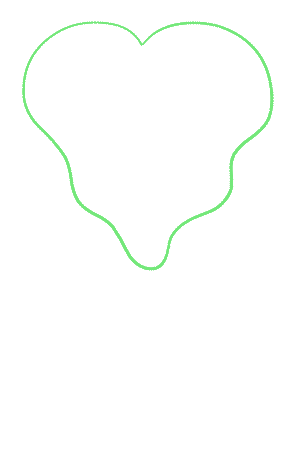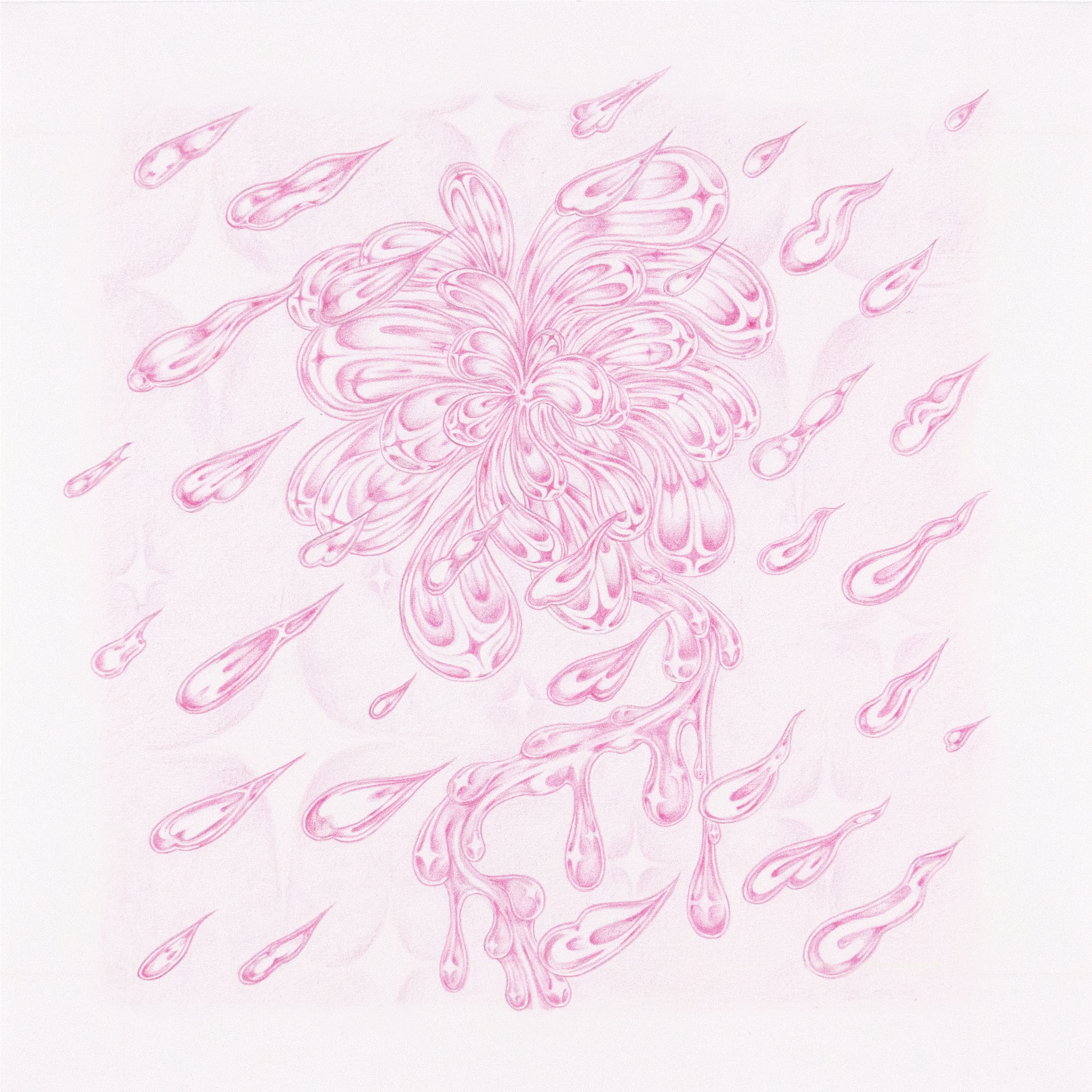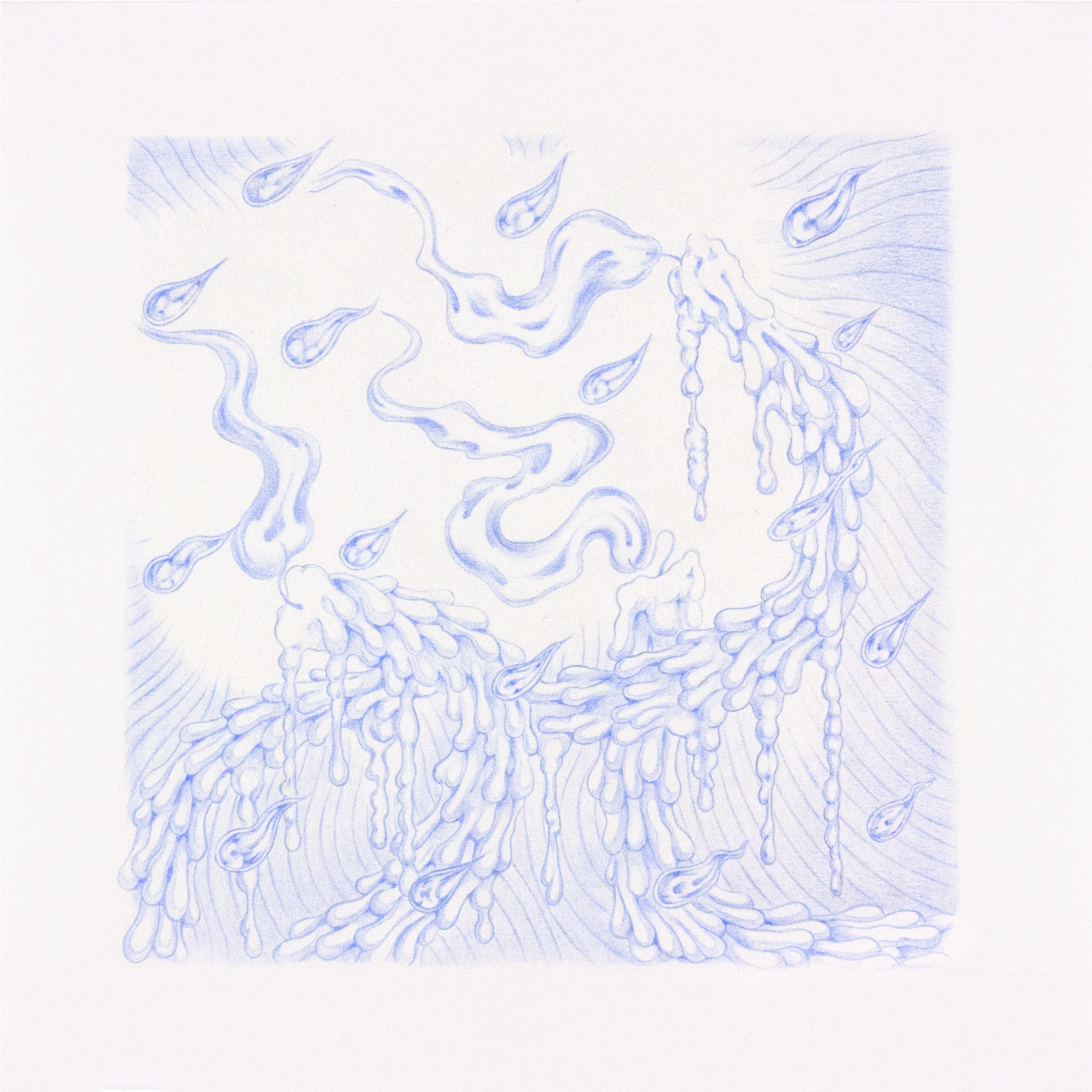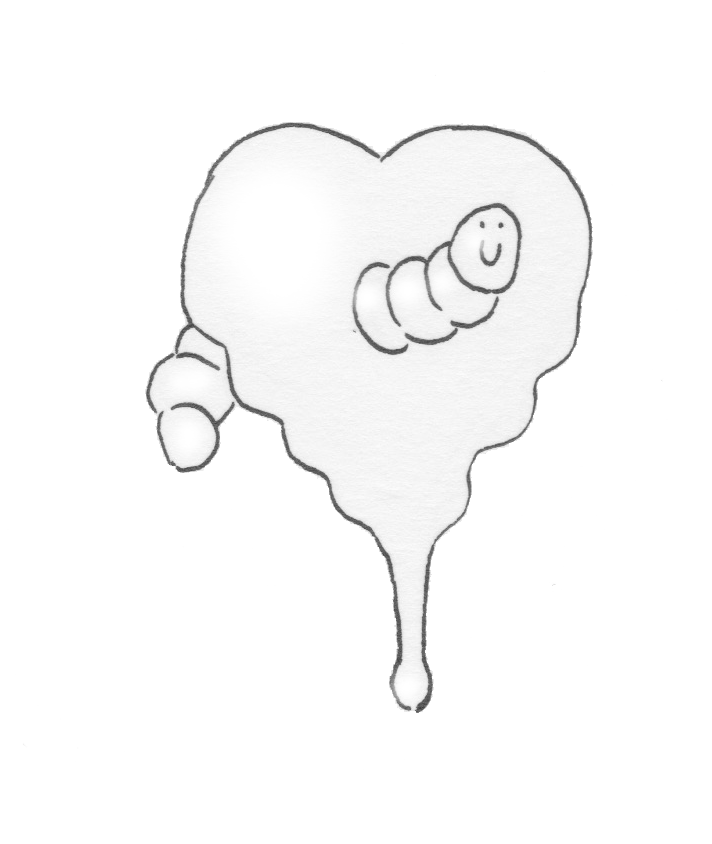

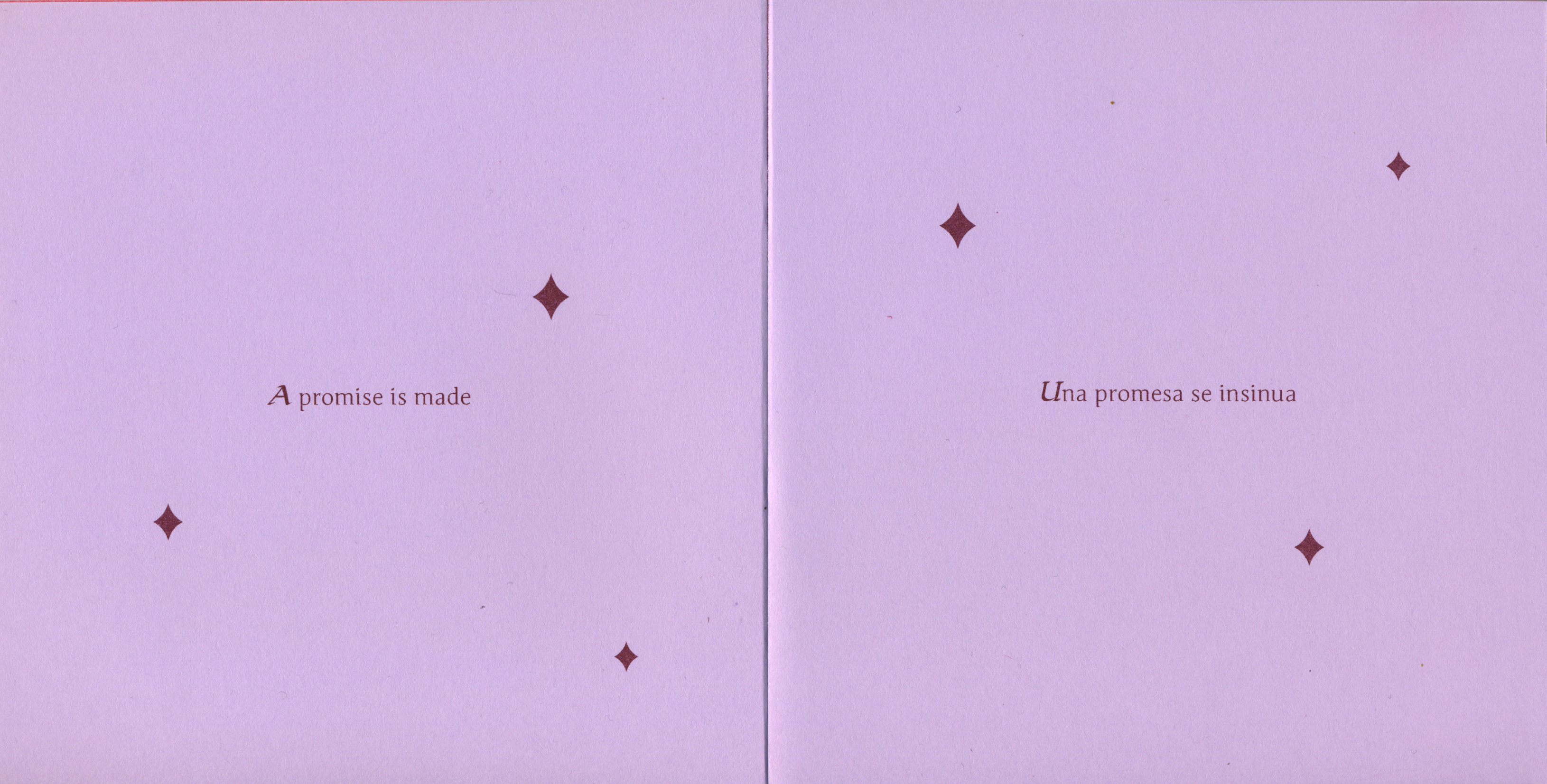
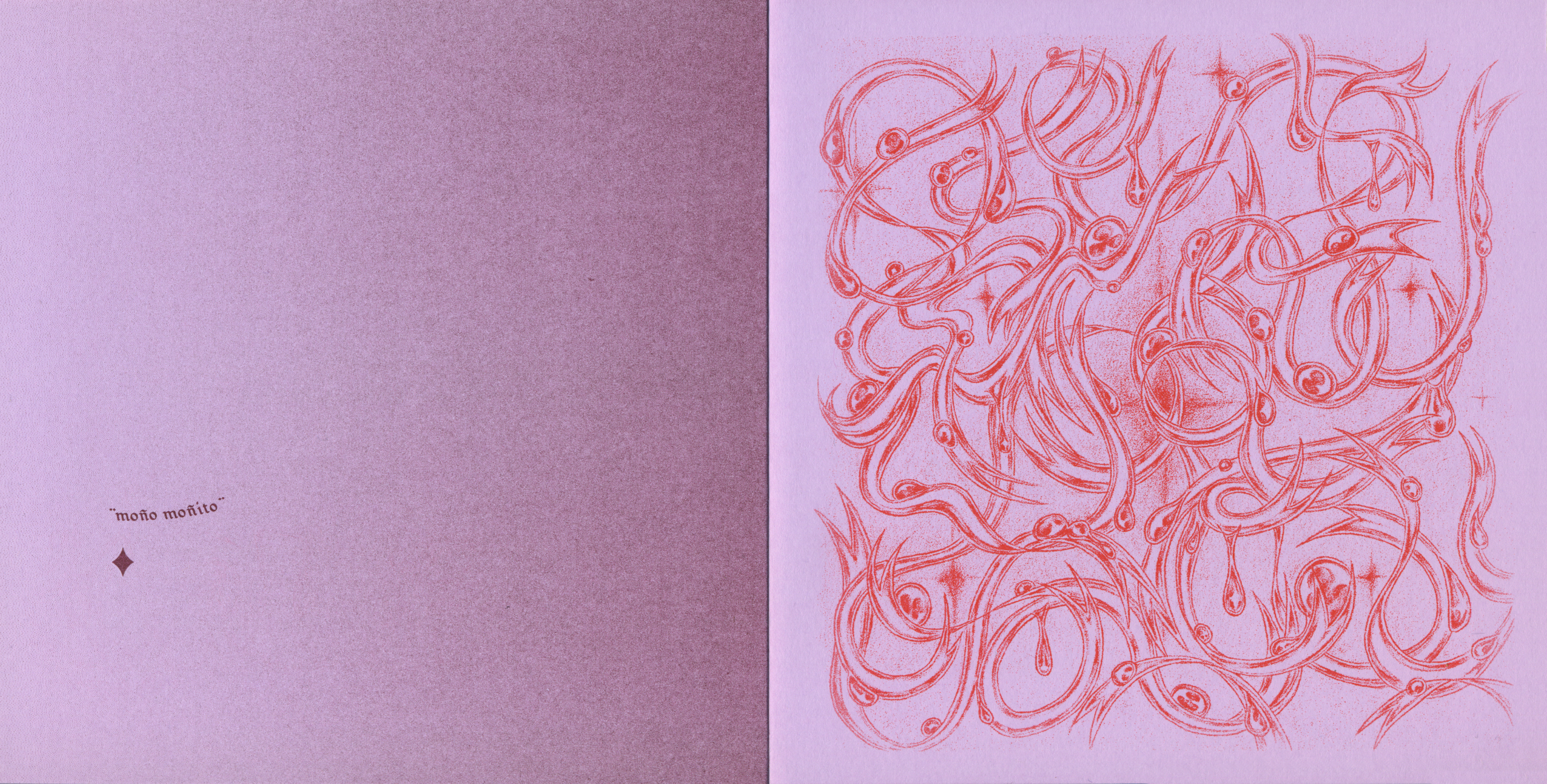
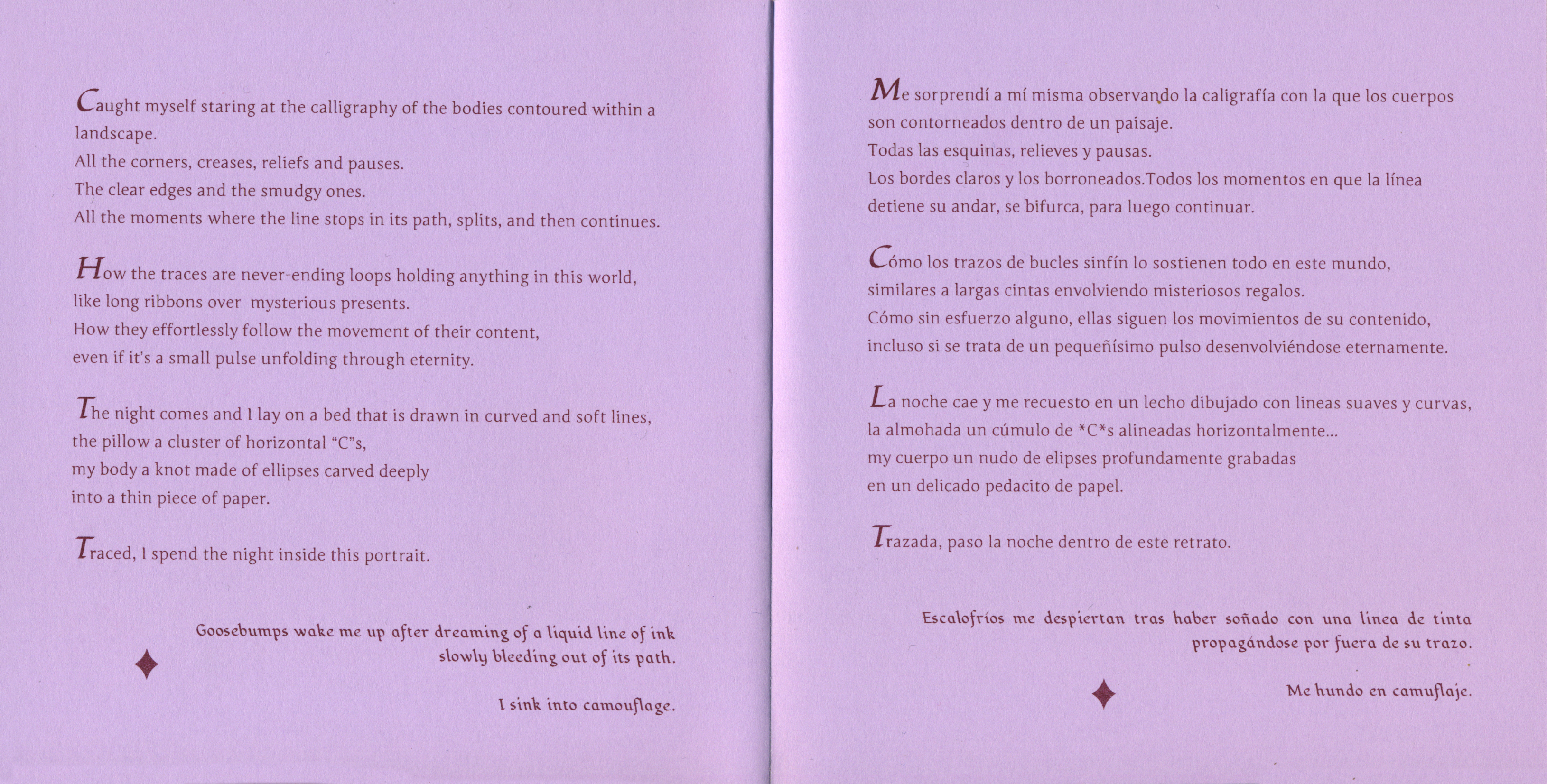



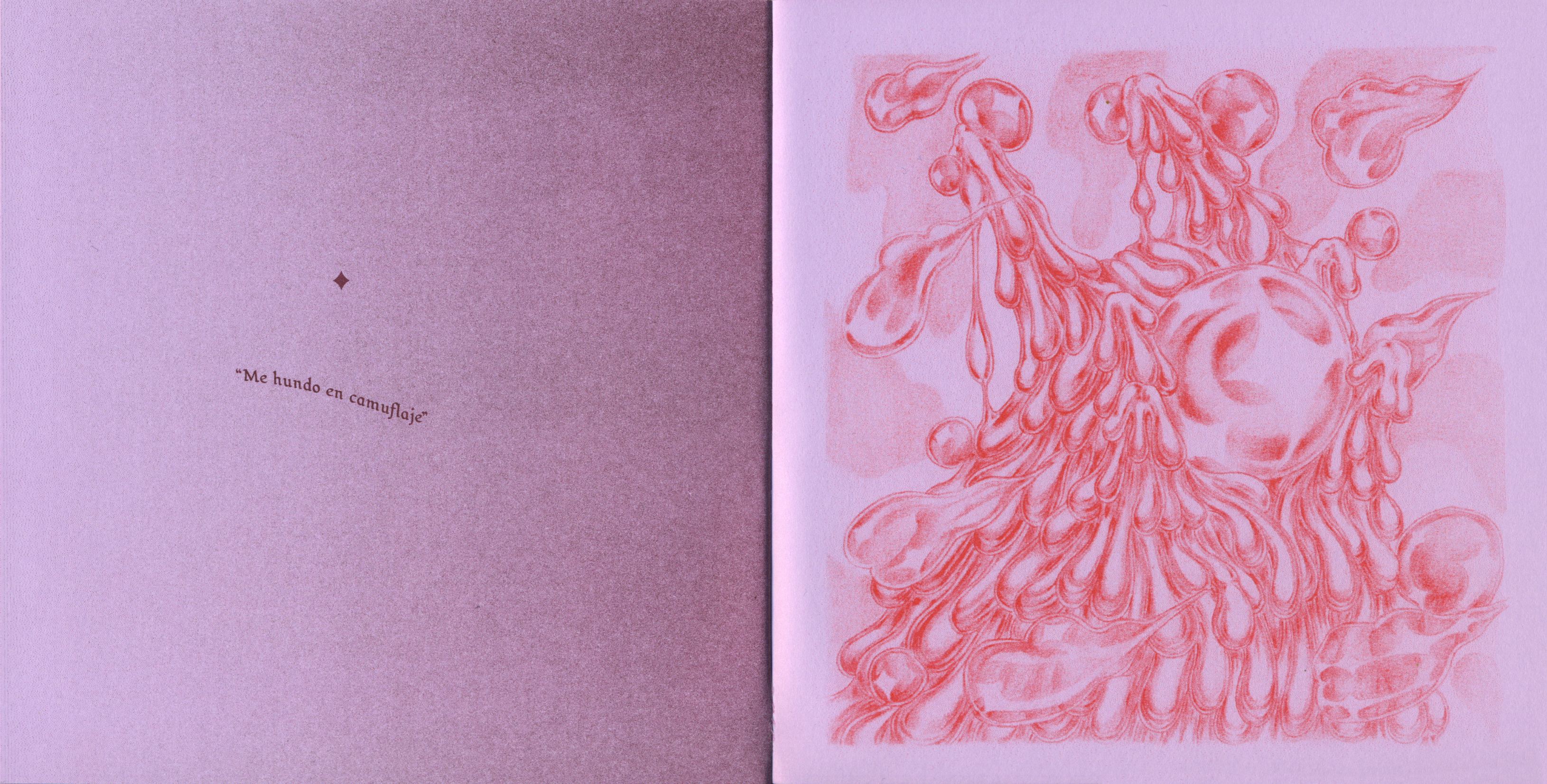




Una promesa se insinúa - A promise is made
Publication 2024-25
✦ A riso-printed publication of drawings and poems both in English and Spanish
✦ 80 pages
✦ first edition of 50 numbered copies
What does it mean to be inside a promise? How can we make sense of the promises we are given and the ones we make? What are the conditions and expectations when we make a promise to each other? How can we rebuild meaning around them? Do we need them? Have we lost them?
Last year (2024), while delving into the vast spectrum of these daily contracts, I drew and wrote and fell under a spell.
I started this project at a residency at Köne Foundation during the last months of 2023.
I wanted the publication to start with pinky promises and end with an epilogue on “the promised land” .For this las chapter, I‘ve invited two friends and artists, Daniel Alva (Peru) and Kari Rosenfeld (United States) to share their poetic testimonies and experiences.
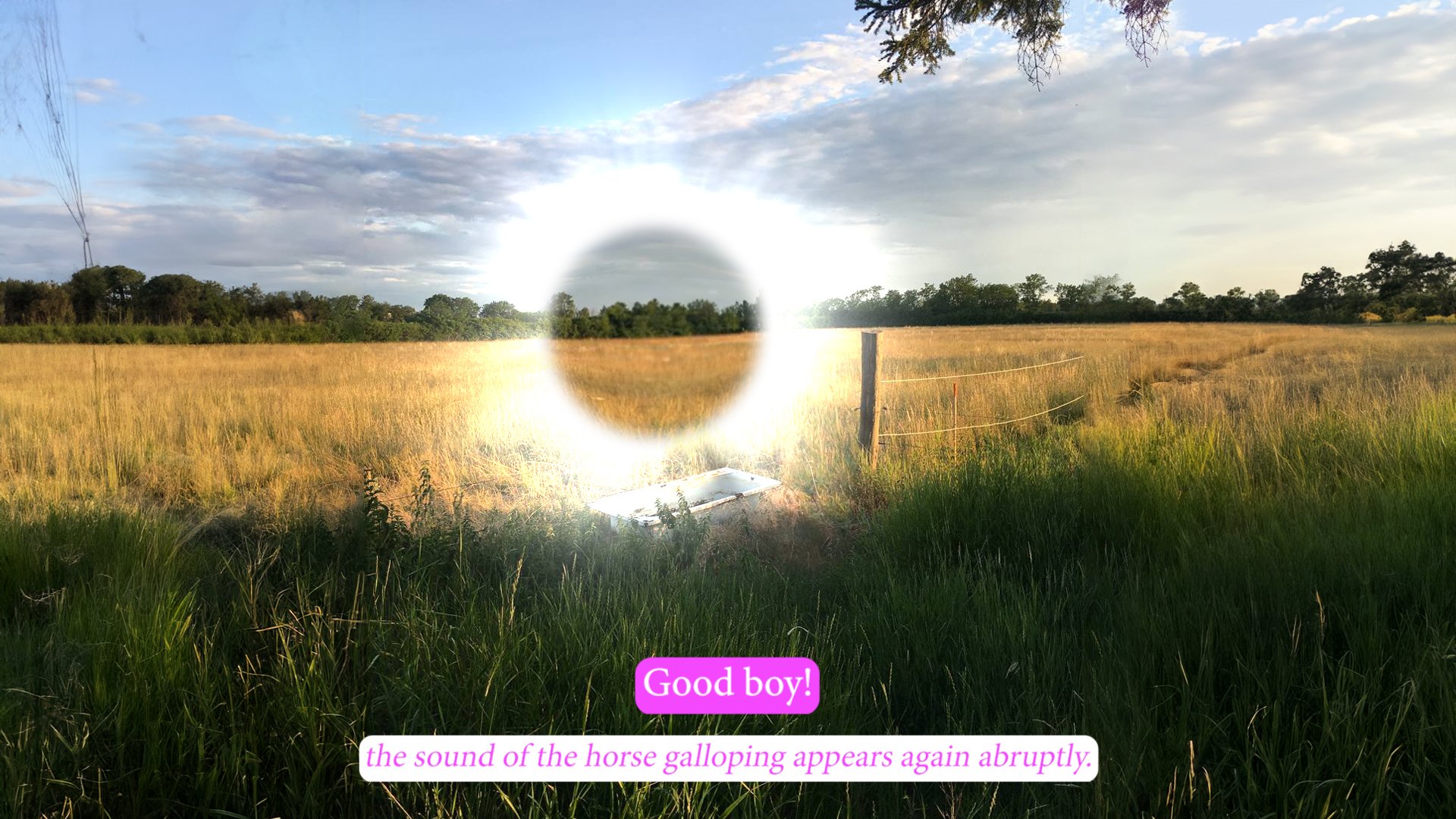
The First Metaphore Was Animal
audio & captions video - 2024
✦ During my Field of Study residency at Mirror Institute, two domesticated horses trained for dressage competition lived among us. They were recovering from severe injuries, feeding on a piece of barren land that was healing in its own way. "The First Metaphor Was Animal" was the title of the workshop I led at the residency, its name was taken from John Berger's book "Why Look at Animals?" (1980). During the workshop we sought to unravel, among other things, the dynamics involved in the process of domestication; those that are at play when confronting a non-human entity with an alien language, with its order, its hierarchies, and its contradictions, and how these processes reflect many situations in which we engage with an "other". In the specific process of animal training, the language involved becomes more specific and triggers different confluences of control and play. In this sound piece, I tried to represent those different layers where the presence of the trainer and the horse seemed to be on separate timelines and spaces, sometimes coinciding, sometimes far away from each other. For me, a lingering question remains about what happens to the new language the animal has acquired once it is alone, or when it is in pairs
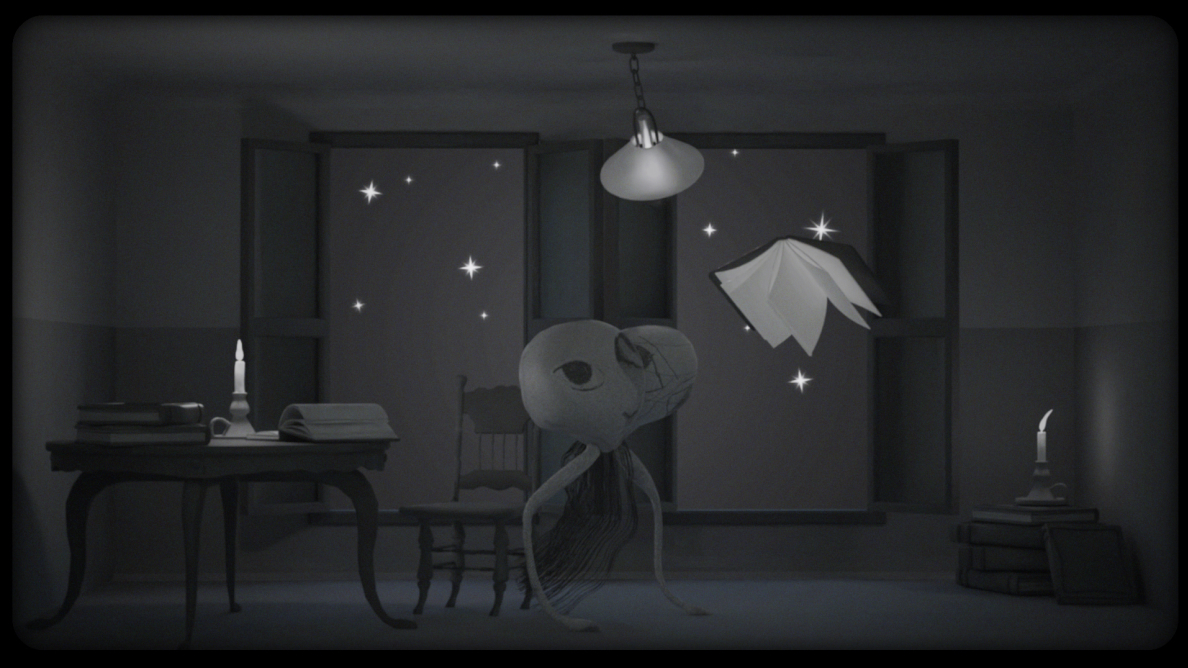

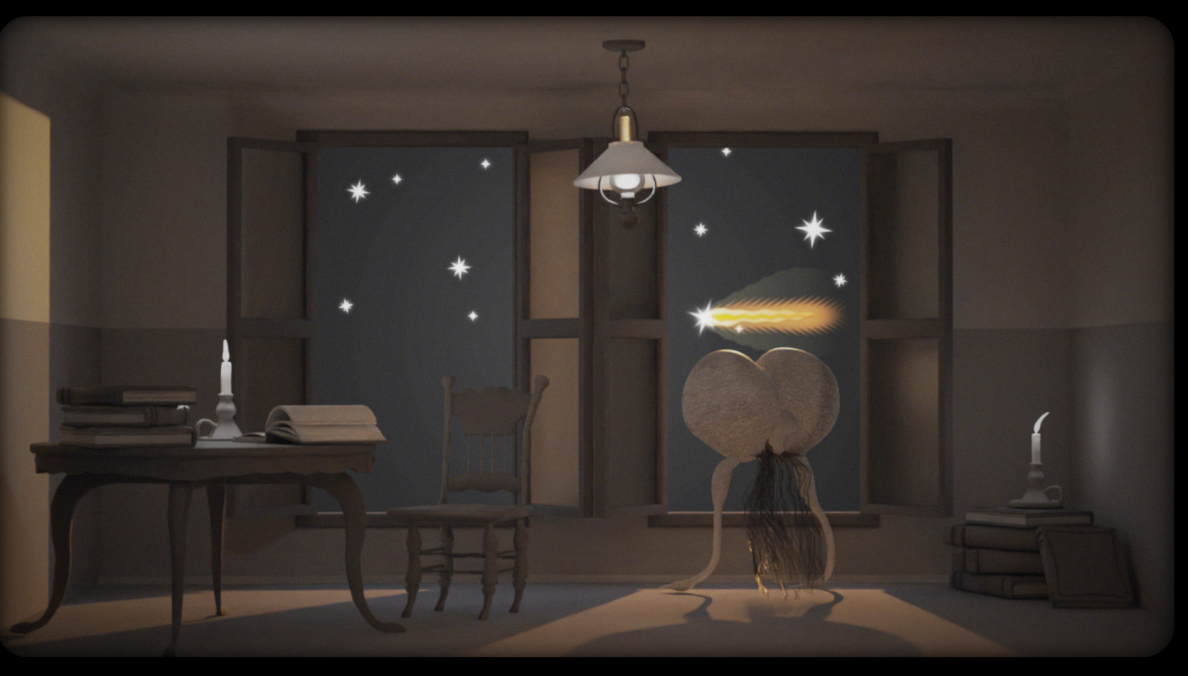

Corazoncito - video animation with Mercedes Azpilicueta - 2024
✦ This animation video was comissioned for Mercedes Azpilicueta’s solo show “Las mesas danzantes” at Centro Andaluz de Arte Contemporáneo in Andalucía, Spain.
A little heart is reading on a room when magic starts manifesting around them. The source: a shooting star that iluminates the interior of the heart’s house as it pass by.
Concept: Mercedes Azpilicueta
Script: Mercedes Azpilicueta & Azul De Monte
Character design: Mercedes Azpilicueta & Faysal Mrouhe
3D scene, animations & composition: Azul De Monte


Tongues and Flowers
✦ On-going series ( 2023 ~ )
✦ Color pencils on paper
The set of drawings Tongues and Flowers came through my interest in looking into 17th and 18th century still life paintings of imperial and colonial countries. I believe those portraits can give us a glimpse not only of how the concept of nature was built in Western societies but also how the ideas of what it means to be (and not to be) human were being configured. I am interested in how colonial processes were also being portrayed through these paintings, like an underlayer that comes to the surface with more clarity over time, confusing the contours of the calm figures portrayed on top. There is no innocence in still life paintings, but a static depiction of violence. Most of the flowers that were being portrayed back then were foreign, meaning that access to them was extremely exclusive and therefore only available to the upper class. The same class that during those times was profiting from their imperial trades and colonies. But with the trade of beautiful flowers and bouquets came along new pests, the intruding and disruptive figure of unwanted insects. Insects are also depicted in those paintings as vanishing witnesses of non-human life, as carriers of a secret that cannot be heard as they sing on the threshold of the violent binary that is being depicted. Insects are usually removed from their inherited quiescence and placed as decorative jewellery of a stolen and bare nature. They are placed as fake signatures of consent. What I intent to explore in my version of still life drawings are the whispered songs of kinship through the shape-shifting bodies of insects that represent for me a source of inspiring desire.



Honey zine vol.2
✦ Drawing
✦ https://honeyzine.bigcartel.com/
HONEY is a zine meditating on the experiences of friendship.
Volume 2 was edited by Mars Dietz, Opashona Ghosh and Dylan Spencer-Davidson—each inviting contributions from friends.
Following vol. 1’s optimism about the underappreciated potentials of friendship, vol. 2 marks a noticeable turn towards friendship's messier sides. Letters to deceased friends, childhood social complexities, unrealised sexual desire, pushback against the overfetishisation of queer kinship, and more.
Original artworks by Opashona Ghosh and Iga Świeściak, and featuring artworks by Azul De Monte and Emily Pope.
Riso printed on recycled paper with Pagemasters (London).
Published in January 2025.
![Text on cuteness in conversation with Kari Rosenfeld - Outline Platform - 2023]()
![]()
![Text on cuteness in conversation with Kari Rosenfeld - Outline Platform - 2023]()
![Text on cuteness in conversation with Kari Rosenfeld - Outline Platform - 2023]() Oh! That’s Cute!: an explorative essay on cuteness w/ Kari Rosenfeld
Oh! That’s Cute!: an explorative essay on cuteness w/ Kari Rosenfeld


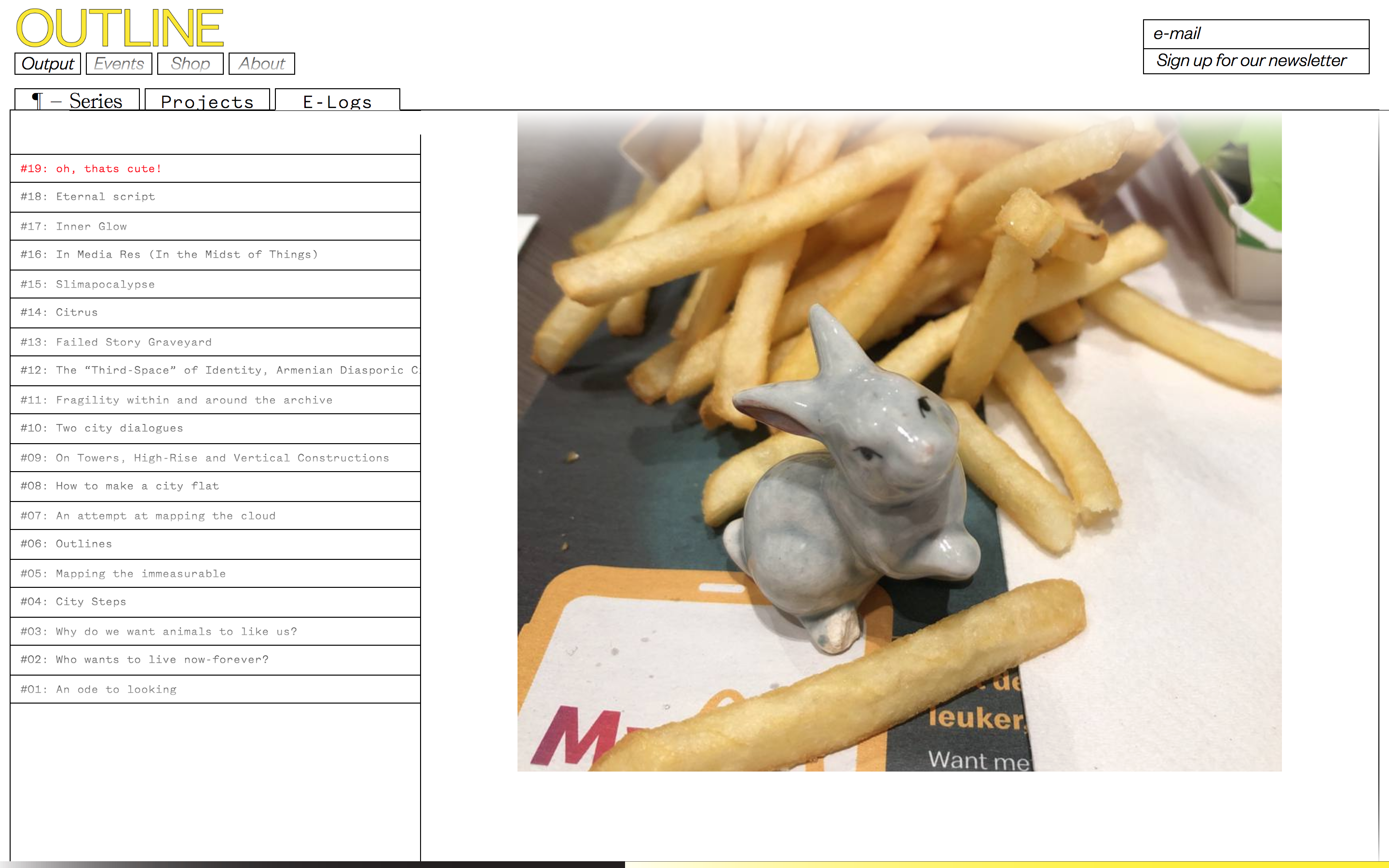

For this e-log entry I invited artist Kari Rosenfeld to spend a cozy day together talking about cuteness. We dressed in a way that made us feel cute and wondered around thinking on ways to perform and inhabit cuteness in our alien cities (Rotterdam - Berlin). In the voice-notes shared during this day we recall former ideas and develop new ones together.
Follow this link to listen/read more: here
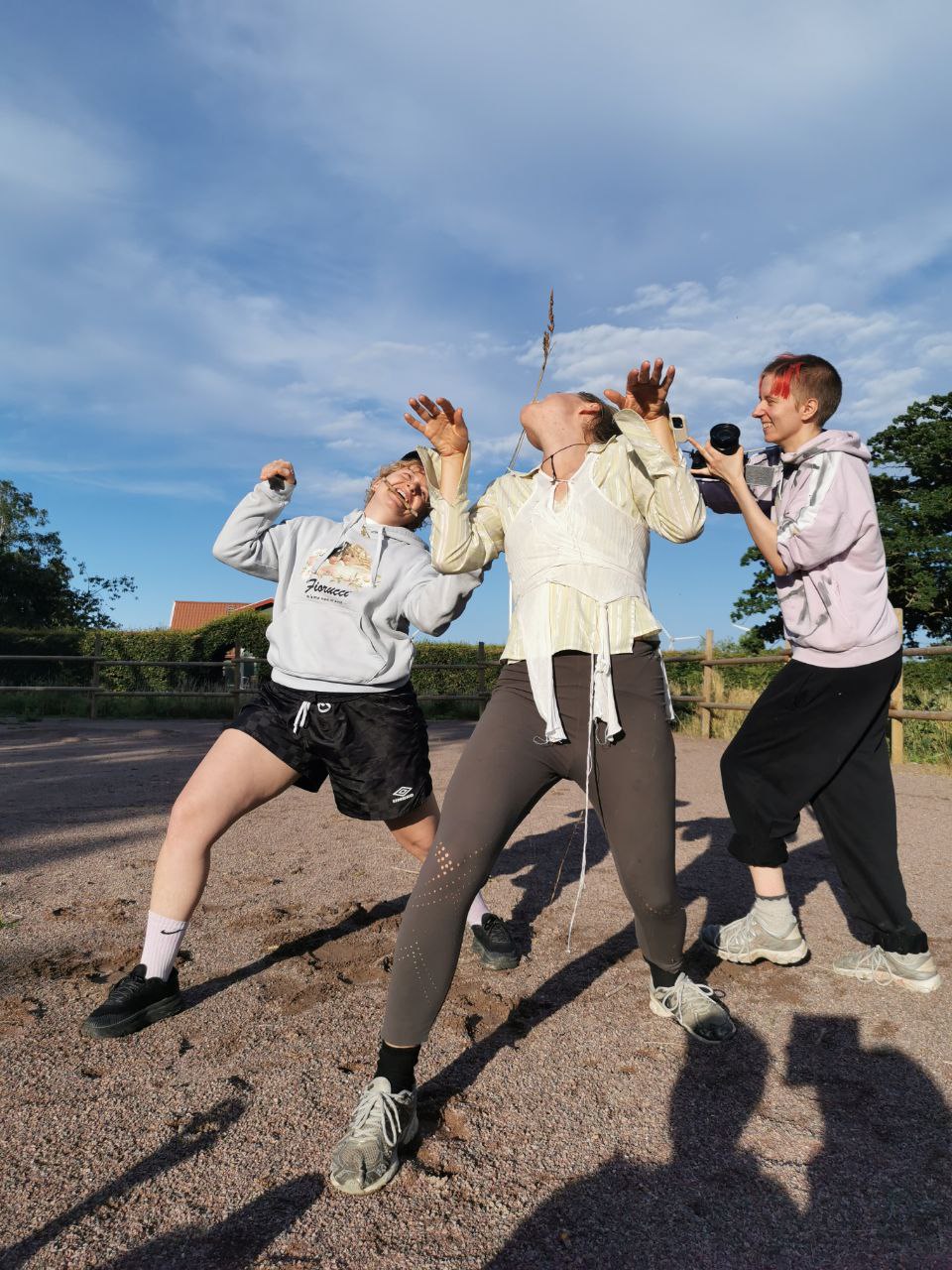

The first metaphor was “animal”
workshop at Field of Study
Two domesticated horses will be living among us these few days. During our stay in the residency we will probably try to find their gaze, as an erotic gesture that anticipates the touch of our hand brushing their fur, a dream of a seamless connection, perhaps... or, an entanglement of fears. Looking at animals comes with a complexity of desires and anxieties. We will certainly be affected by the few moments of recognition, as their gaze traps ours. Those moments can feel like a treat after grieving an unspoken language or, like a magnifying lens over the mesmerizing gap that allow us to be shadow of each other.
https://fieldofstudy1.cargo.site/
